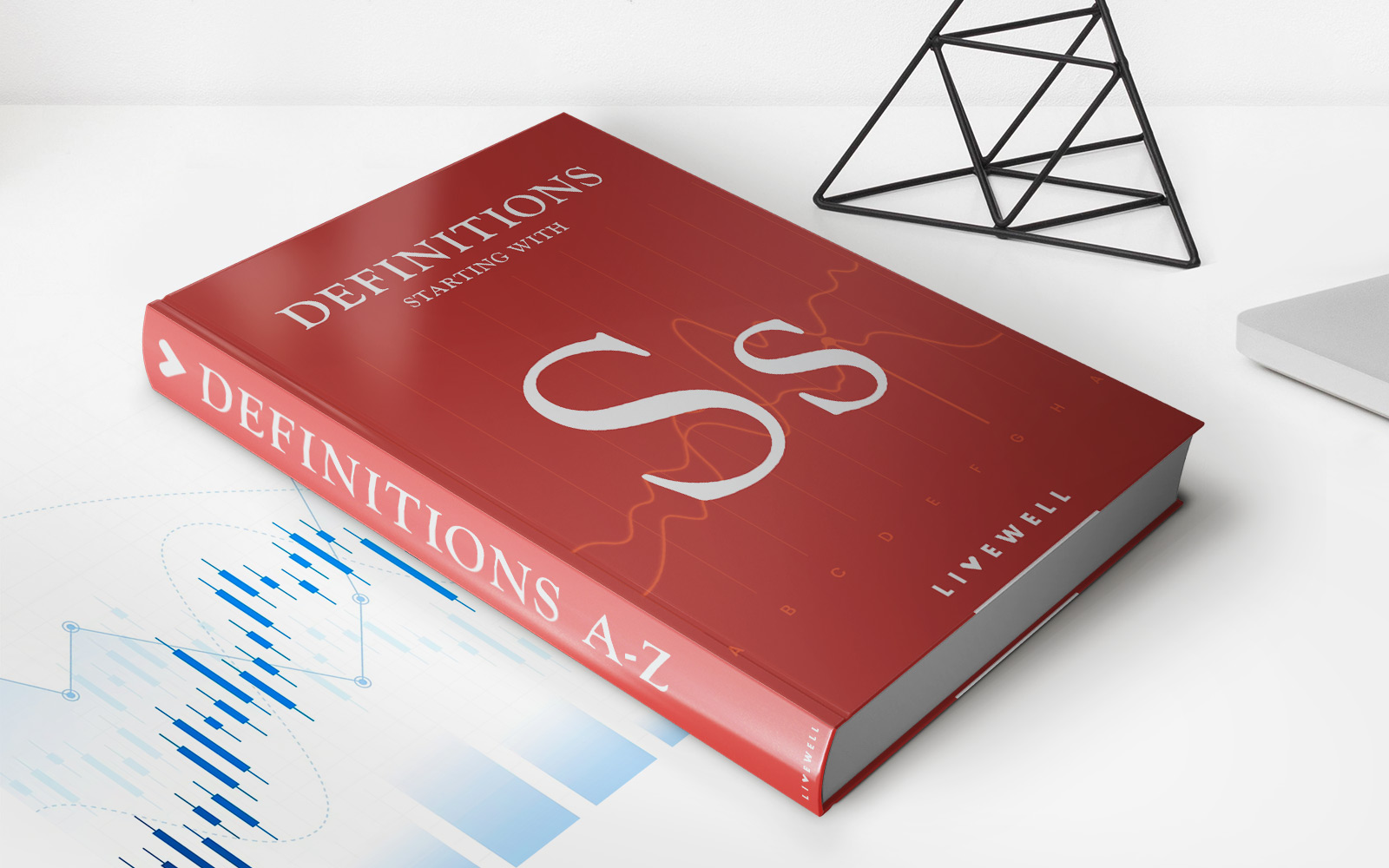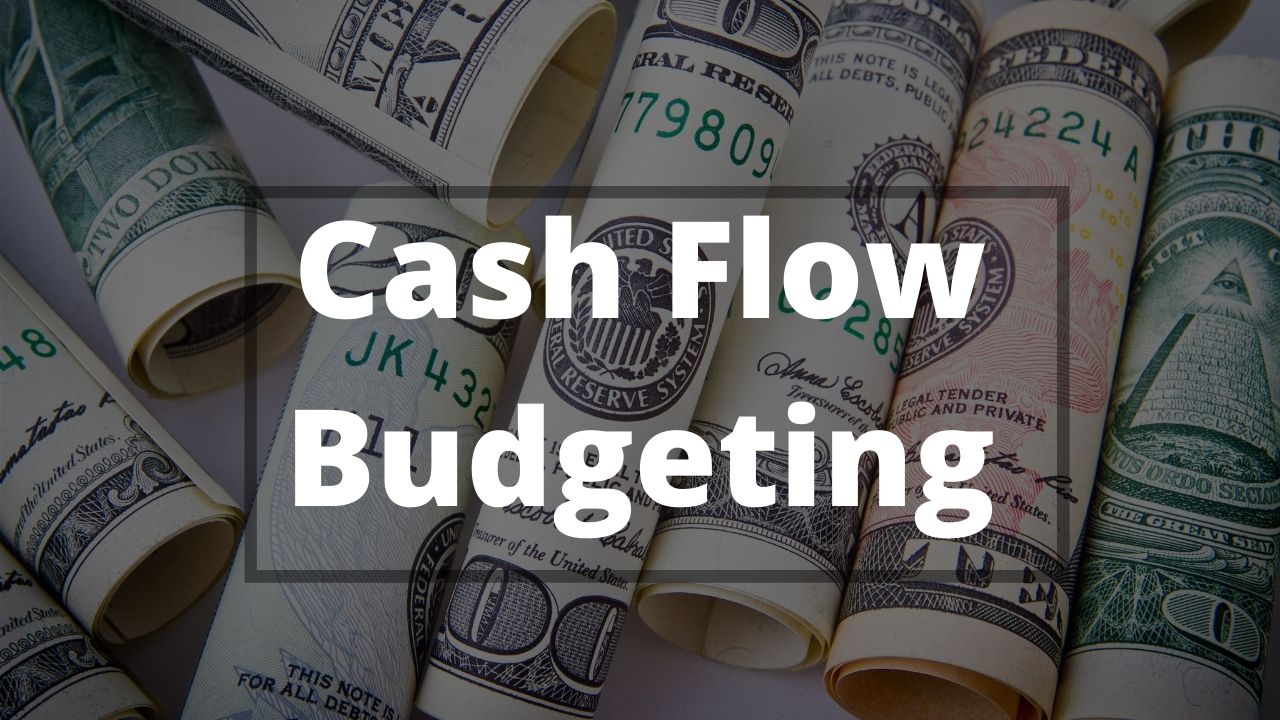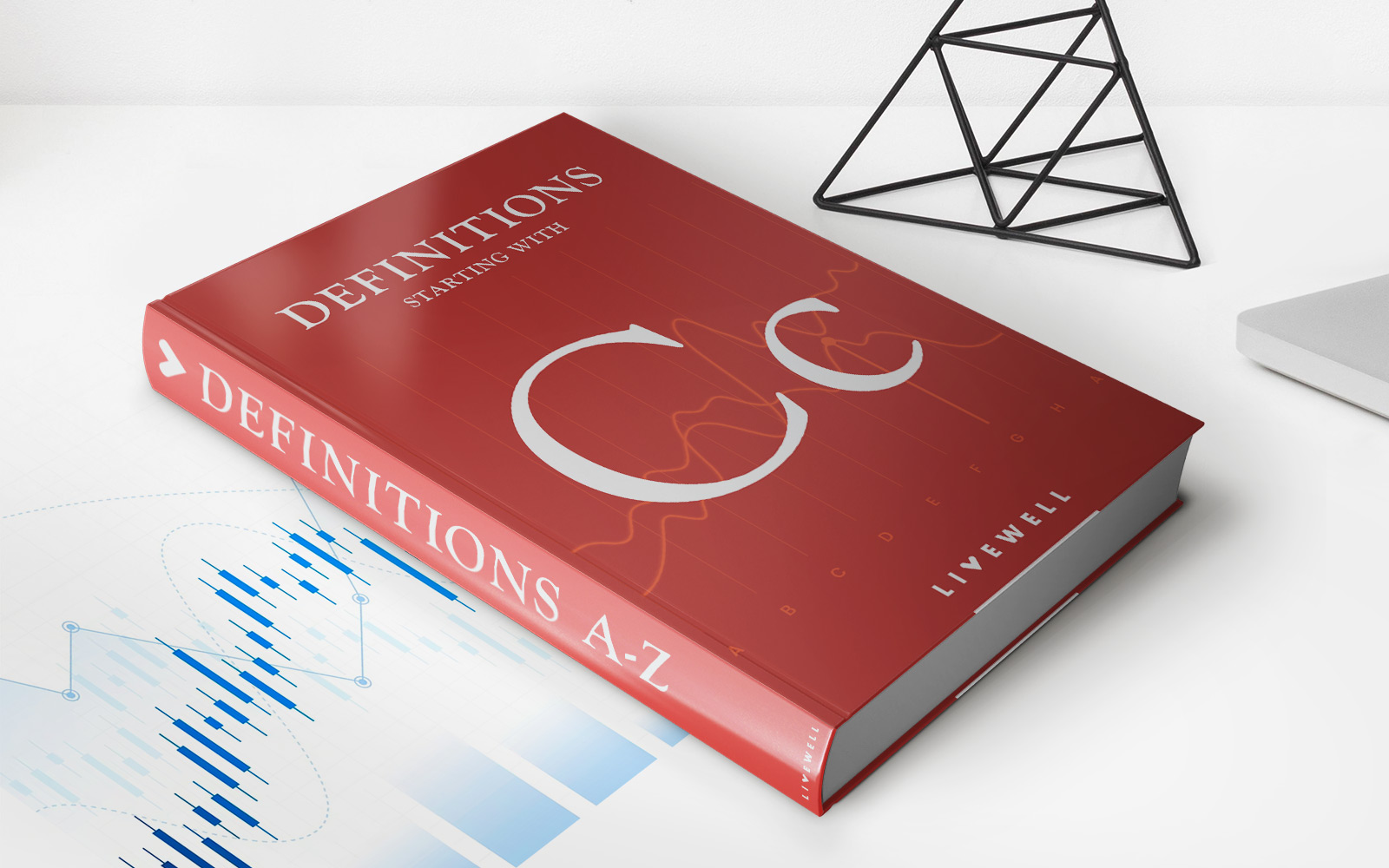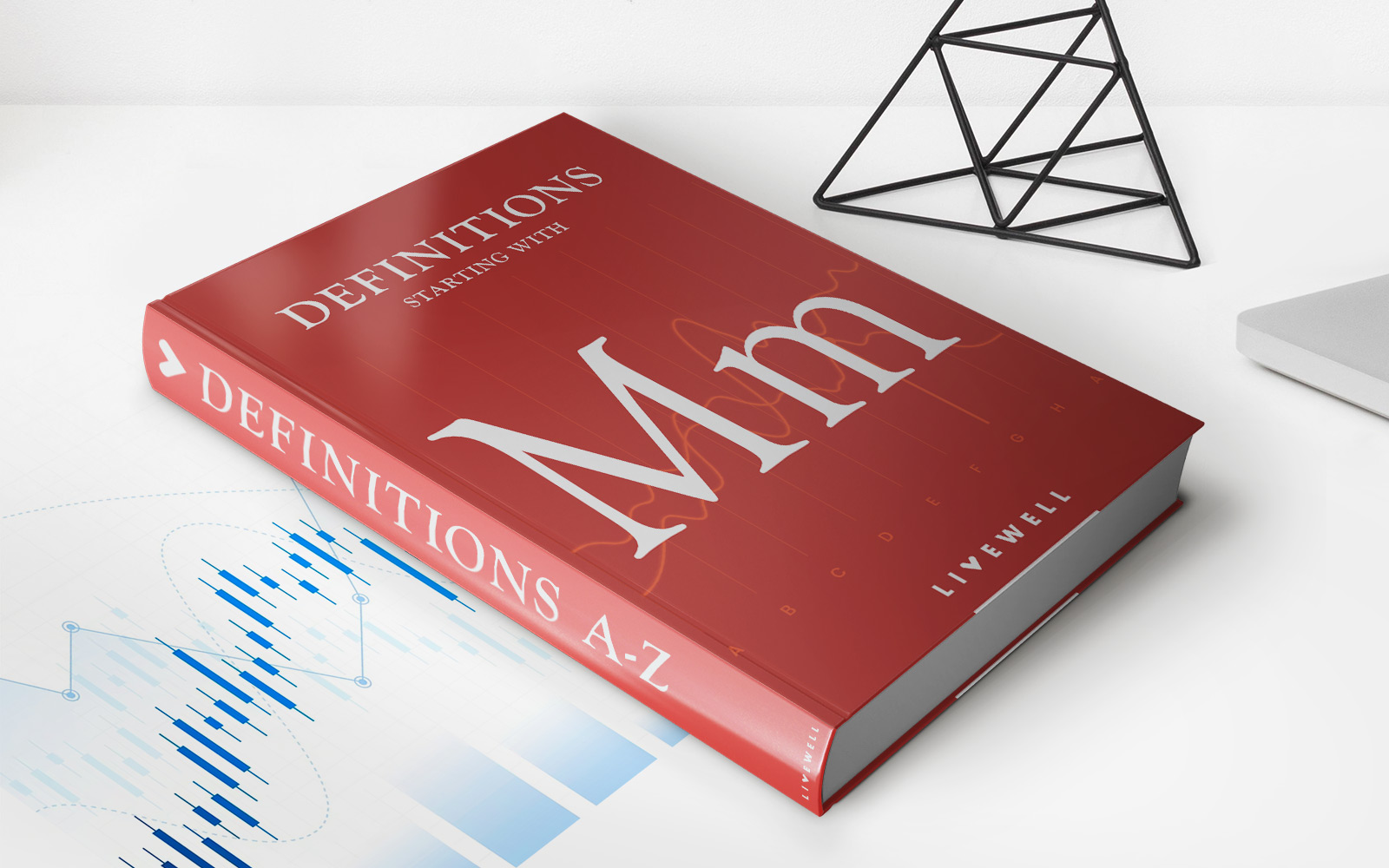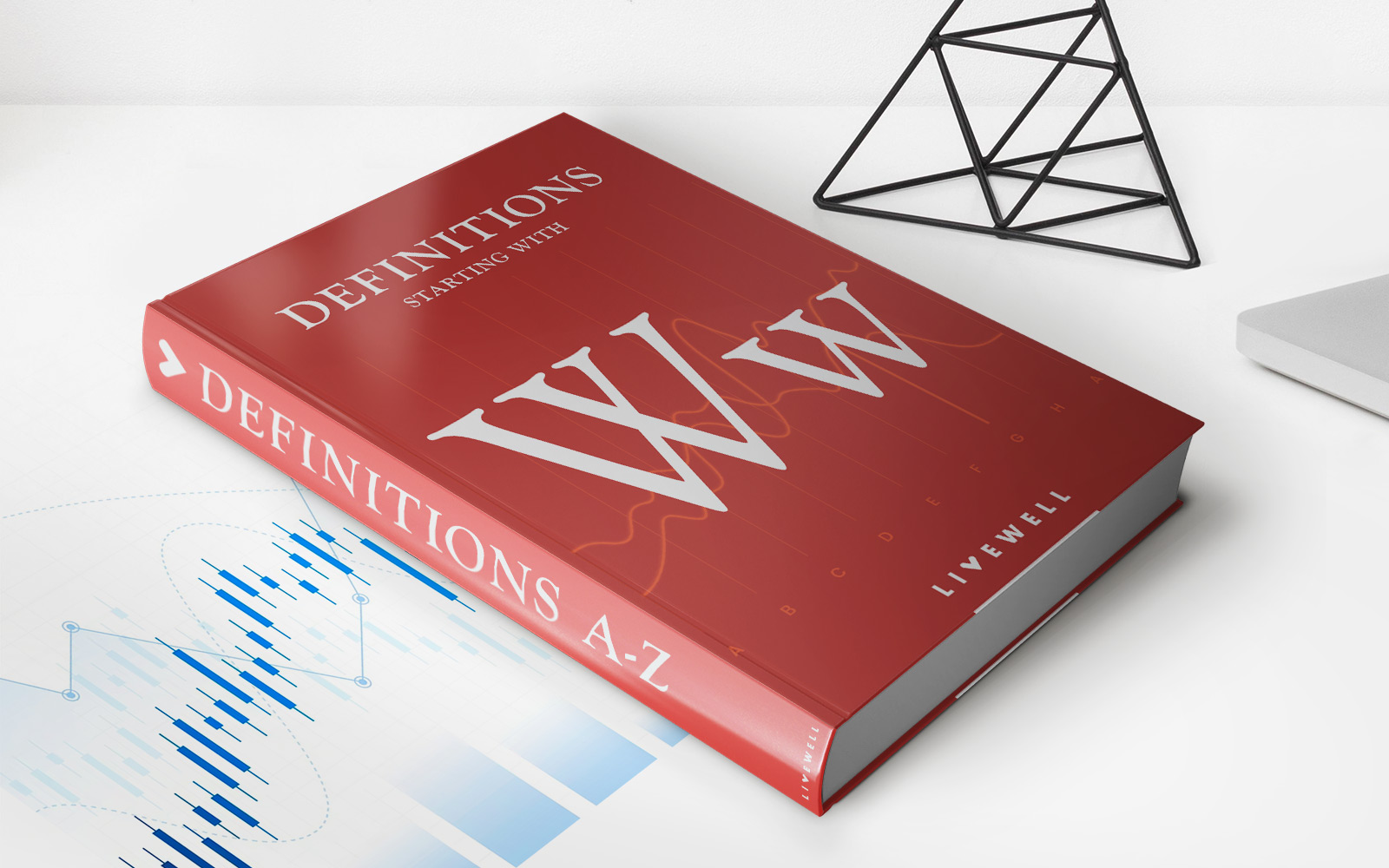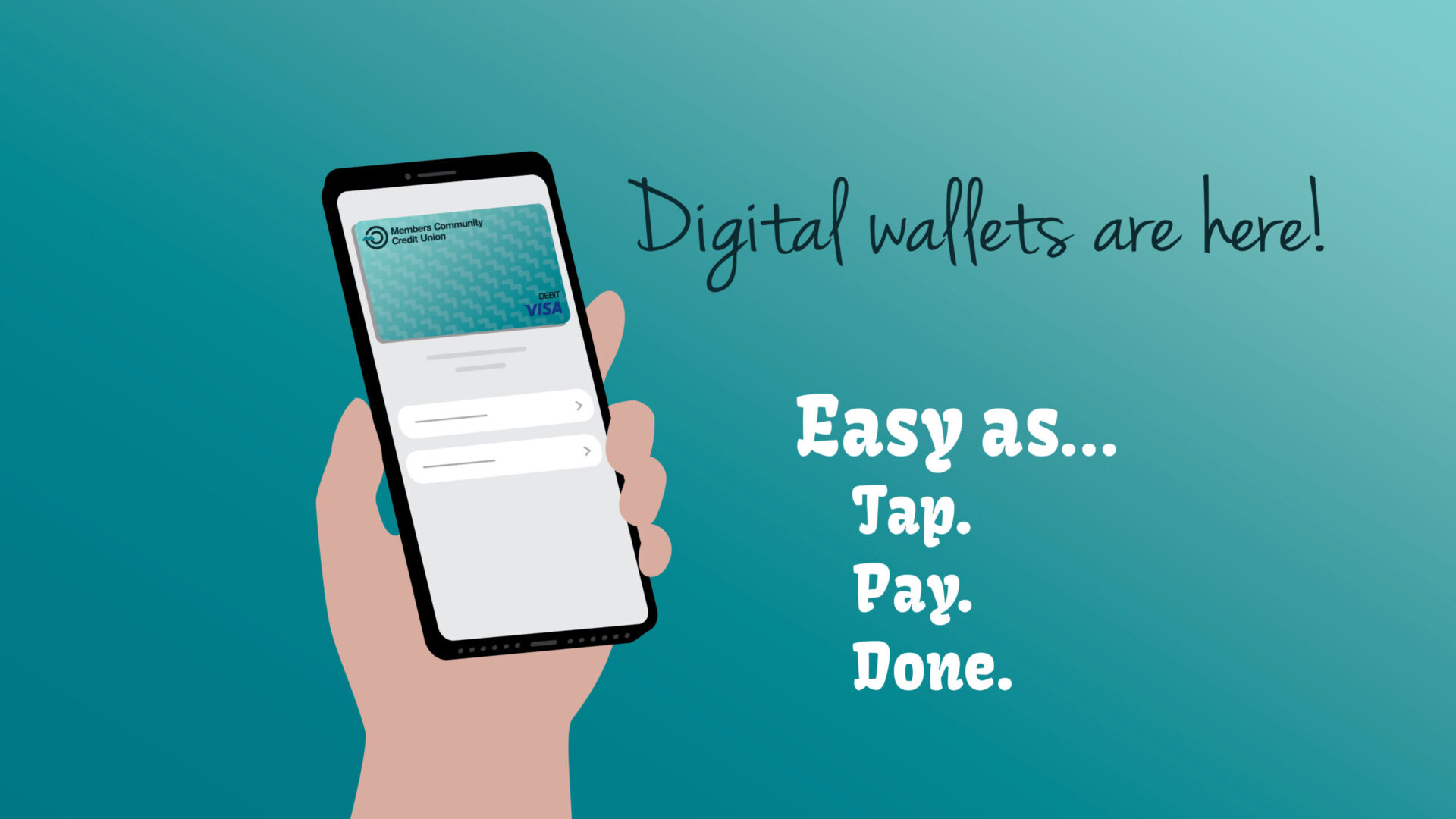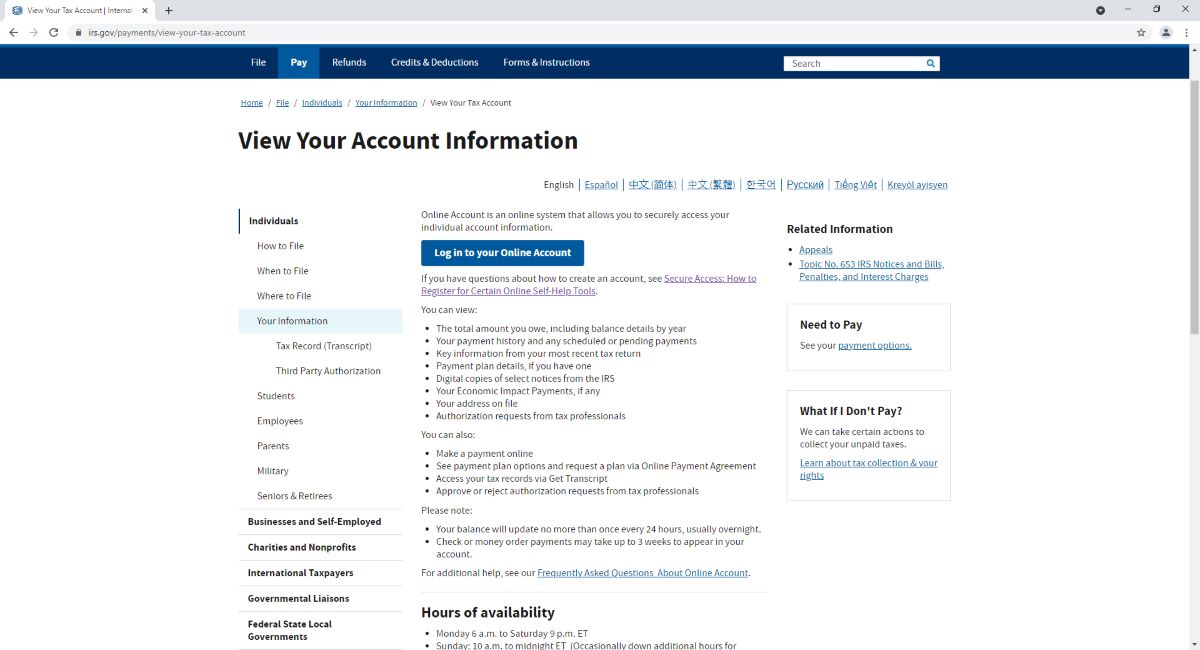Home>Finance>Cash Budget Definition: Parts And How To Create One


Finance
Cash Budget Definition: Parts And How To Create One
Published: October 24, 2023
Learn the definition, parts, and how to create a cash budget in finance. Master the art of managing your finances effectively and efficiently.
(Many of the links in this article redirect to a specific reviewed product. Your purchase of these products through affiliate links helps to generate commission for LiveWell, at no extra cost. Learn more)
Cash Budget Definition: Parts and How to Create One
Welcome to the finance section of our blog, where we cover all things related to managing your money and making smart financial decisions. In this article, we will be discussing an essential tool for financial planning – the cash budget. We’ll explore what a cash budget is, its key parts, and how to create one effectively.
Key Takeaways:
- A cash budget is a financial management tool that helps individuals and businesses track and plan their cash inflows and outflows.
- Key components of a cash budget include estimating income, listing expenses, projecting cash flow, and analyzing the overall financial picture.
What is a Cash Budget?
A cash budget is a comprehensive plan that outlines an individual’s or business’s expected sources of income and anticipated expenses over a specific period. It enables you to gain a clear understanding of your cash flow and helps you make informed decisions about your financial priorities. In simpler terms, a cash budget allows you to keep track of how much money you have coming in and going out.
Parts of a Cash Budget
There are four essential components to consider when creating a cash budget:
- Estimating Income: Start by identifying all the sources of income you expect to receive during the budgetary period. This can include salaries, rental income, dividends, or any other money you anticipate to receive.
- Listing Expenses: Next, make a list of all your anticipated expenses for the same period. Categorize them into fixed expenses (e.g., rent, utilities) and variable expenses (e.g., groceries, entertainment). Be thorough in your estimation to capture all potential outflows.
- Projecting Cash Flow: Once you have your income and expenses figured out, project your cash flow in a monthly or quarterly format. This will give you a clear idea of how your cash inflows and outflows will fluctuate throughout the budgetary period.
- Financial Analysis: Finally, take a step back to assess your overall financial picture. Are you left with a surplus or a deficit at the end of each month? This analysis will help you identify areas where you can cut back on expenses or increase your income.
How to Create a Cash Budget
Now that we understand the key parts of a cash budget, let’s talk about how to create one effectively:
- Gather Financial Data: Collect your bank statements, pay stubs, and any other relevant financial documents to provide accurate estimates of your income and expenses.
- Set a Budgetary Period: Determine the length of time for which you want to create a cash budget. It can be a month, a quarter, or even a whole year.
- Estimate Income and Expenses: Based on the financial data you gathered, start estimating your income and expenses for the chosen budgetary period. Be realistic and include any irregular or anticipated expenses.
- Use a Spreadsheet or Budgeting Tool: Organize your projected income and expenses in a spreadsheet or use a budgeting tool that offers customizable templates. This will help you keep track of your cash flow more easily.
- Monitor and Adjust: Regularly review your actual cash inflows and outflows against your projected budget. Make adjustments as needed to ensure your cash budget remains accurate and aligned with your financial goals.
Creating and sticking to a cash budget can have numerous benefits. It allows you to gain control over your finances, prioritize your spending, and make informed decisions about saving and investing. By understanding where your money is going, you can better plan for future expenses, avoid financial stress, and work towards achieving your financial goals.
So why wait? Start creating your cash budget today and take control of your financial future!

